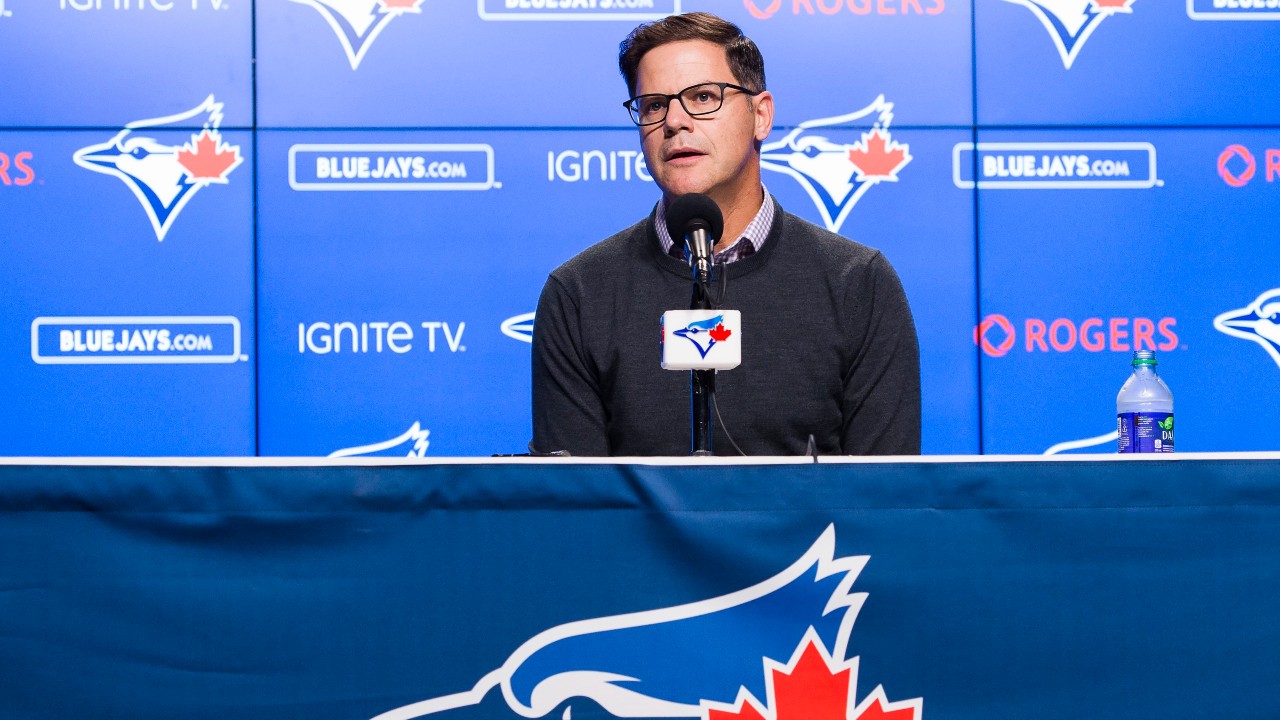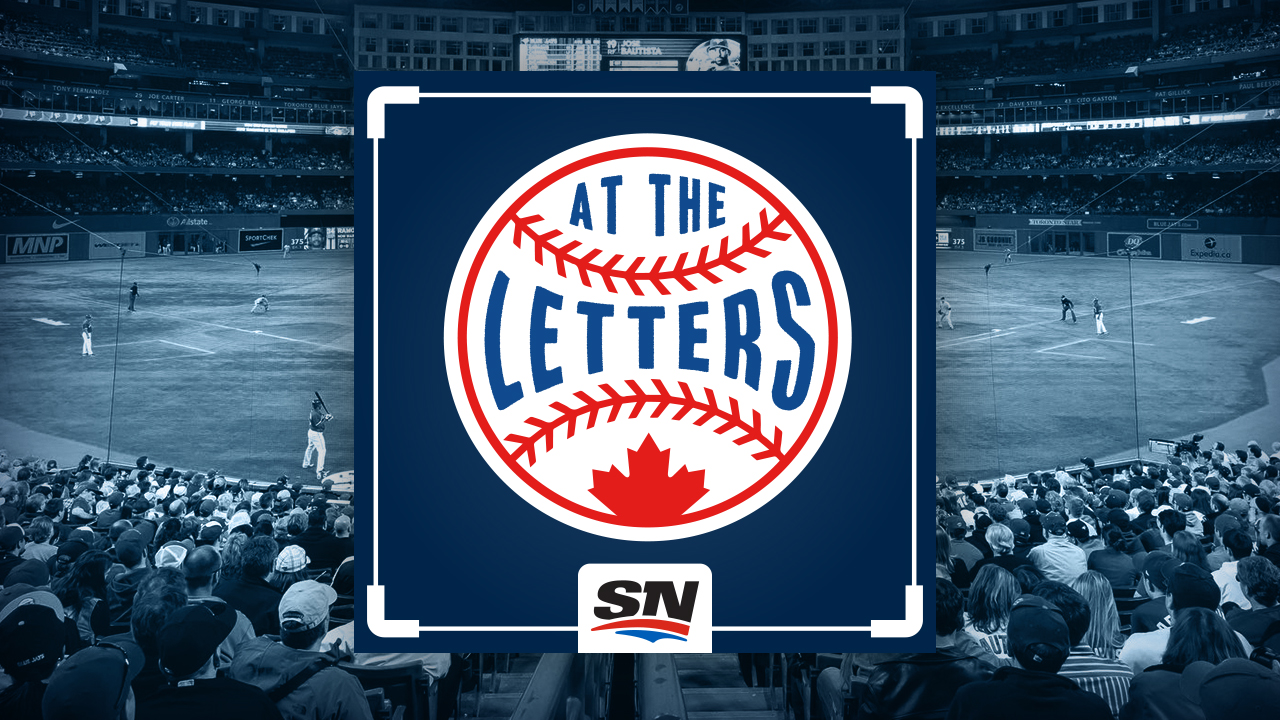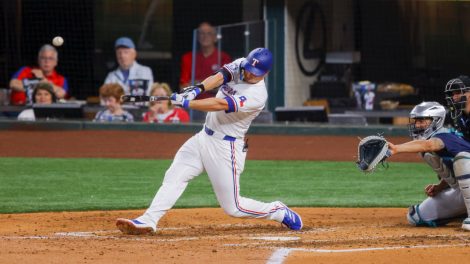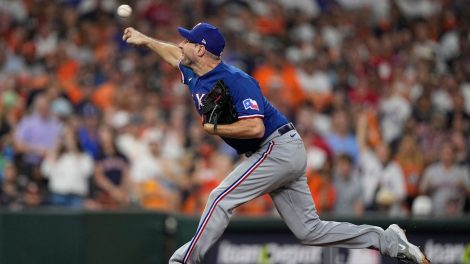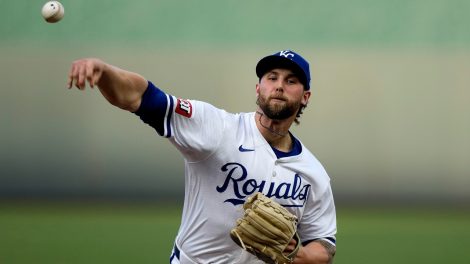TORONTO – The MLB trade deadline adds intrigue to every summer, and to some extent that’ll even be true in 2020. It’s just that this summer’s deadline is unlikely to resemble anything we’ve seen before.
Consider a few of the countless ways in which this year’s deadline will differ from a typical year:
• Most years, teams have something like 105 games to decide whether they’re buyers or sellers. This year, they’ll have 35 games – or, in some cases, far fewer.
• In recent years, 10 MLB teams have made the playoffs. This year, 16 teams will qualify.
• Pro scouts normally attend major-league games to assess players first-hand ahead of the trade deadline. This year, those scouts have not been admitted to games.
• A typical summer would see thousands of games unfold in minor-league stadiums, and the stats from those games would be instantly accessible to any front office executive. This year, there are no minor-league games, only intra-squad scrimmages held behind closed doors. Any minor-leaguer acquired in trade will have no place to play games.
• And lastly, there’s no precedent for navigating a modern-day season in a pandemic. This year, every team must be mindful of depth at a time that COVID-19 outbreaks are happening around the game.
Under these circumstances, it’s safe to say this summer’s Aug. 31 deadline will be atypical. The specifics of what that means won’t fully reveal themselves for another few weeks, but at this point the scouts and executives I’m hearing from are anticipating a relatively quiet trade deadline where some role players are moved but stars generally stay put.
[snippet id=4931337]
The coming weeks will determine how exactly the Blue Jays fit into that mix, but in conversation with reporters Tuesday afternoon, GM Ross Atkins expressed confidence that his team is well-situated to make improvements.
“I’m so grateful to be in the position that we’re in,” Atkins said. “We have roster flexibility, we have roster depth, we have tremendous depth in our farm system, we have every currency that you need to make an organization better, and we’re excited at each juncture to do that.”
Even if the Blue Jays can rebound from their 5-8 start over the coming weeks and become buyers, it’s hard to envision them parting with top prospects in a trade. Small to medium-scale moves would figure to be on the table, though, just as they were in 2016, the last time they were in contention.
That year deadline deals landed outfield depth (Melvin Upton Jr.) and rotation help (Francisco Liriano) at reasonable prices and Atkins also added to the team’s prospect depth along the way (Reese McGuire). If the Blue Jays start winning more, that blueprint could come in handy again.
If they fall well below .500, history offers a pretty clear idea of how Atkins will approach the deadline. Starting in 2017, the Blue Jays made a habit of trading veteran pitching to contenders for prospects (Jason Grilli, Francisco Liriano, Joe Smith). That trend continued in 2018 (J.A. Happ, Seunghwan Oh, Roberto Osuna, John Axford, Aaron Loup) and 2019 (Marcus Stroman, David Phelps, Aaron Sanchez, Joe Biagini, Daniel Hudson).
Applying that same logic to the 2020 roster, veterans like Matt Shoemaker, Anthony Bass, A.J. Cole and Rafael Dolis would be of interest to contending teams (if healthy, Ken Giles would also belong in this group). The Blue Jays are hoping it won’t come to that, though.
Already, the return from those 2017-19 trades has made its way to the current roster in the form of Giles, Teoscar Hernandez, Jacob Waguespack, Derek Fisher, Anthony Kay and Thomas Hatch. But for all the young players the Blue Jays acquired, few were heralded as top prospects and many were overlooked completely. Even Simeon Woods Richardson, who now ranks among the game’s top 100 prospects, wasn’t in that conversation when the Blue Jays acquired him in the Marcus Stroman trade a year ago.
[snippet id=4722869]
“The price on prospects has seemingly been very high for some time,” Atkins said. “Now, when you’re thinking about a player that you could potentially only have for a very short period of time, how to account for that, what that value is and what to give up is going to be a new challenge.
“Obviously there are other variables just with the new (playoff) format,” he continued. “So there are so many unknowns that I think to predict and project what is going to happen and say what is going to happen would be probably not the best way to approach it. We need to think about the most creative angles to be prepared for different avenues to take and we love doing that.”
The challenge will be considerable. While teams are sharing some data and video from their alternate site training camps, there’s still a considerable information gap on non major-league players, especially those who aren’t even in a team’s 60-player pool (those 60 players per team are the only ones eligible to be traded, which means we may see an uptick in players to be named later).
Even major-leaguers will be harder to evaluate this year. In the view of one experienced scout, pitchers can be evaluated with video footage from TV broadcasts, but position players are harder to assess from afar. Not only do scouts miss out on the chance to observe a player’s pre-game routines and batting practice sessions, evaluating defence from a screen can be tough, especially if the broadcast doesn’t show where on the field the defender starts.
“One hundred per cent,” the scout said. “[In person] you can see first step and evaluate reads or routes.”
To some extent, pre-existing information can bridge that gap, and Atkins says the Blue Jays feel good about the information bank they’ve built over the years. Still, players can improve or deteriorate rapidly, so there’s a limit to how far last year’s information can go.
With that in mind, some teams may decide to hold rather than making a major move with incomplete information. In other instances, there may be enough trust between executives to go ahead with moves anyways.
Maybe it’ll take more than a pandemic to prevent the ever-active Rays and Mariners from making trades. But with so many obstacles in place and so many teams within striking distance, there’s reason to believe the rest of the league will have a quieter deadline than usual.
[relatedlinks]

